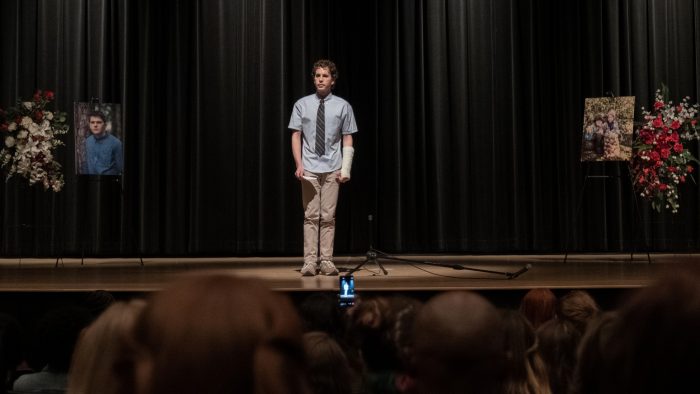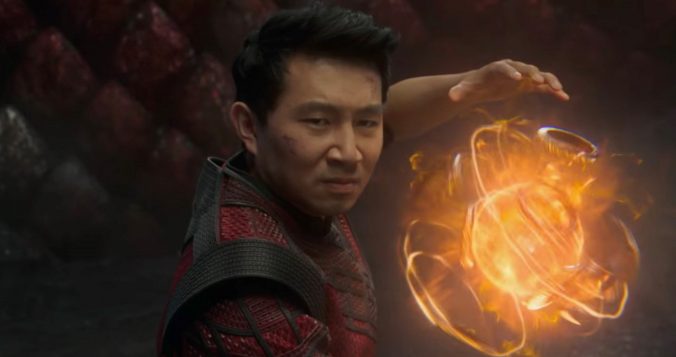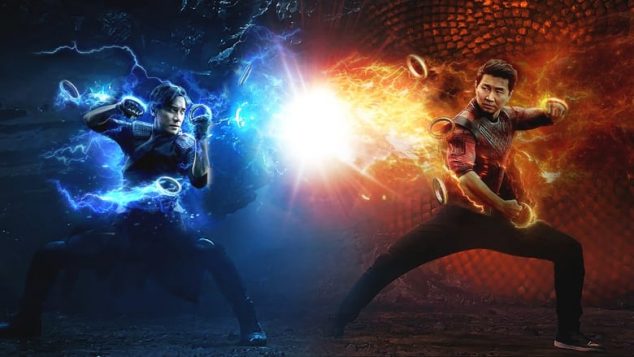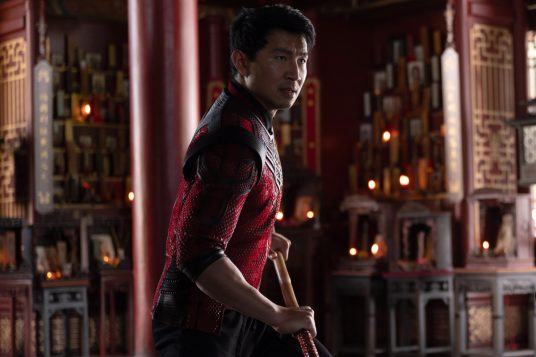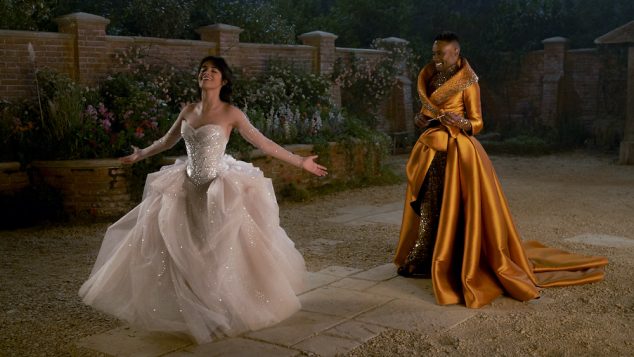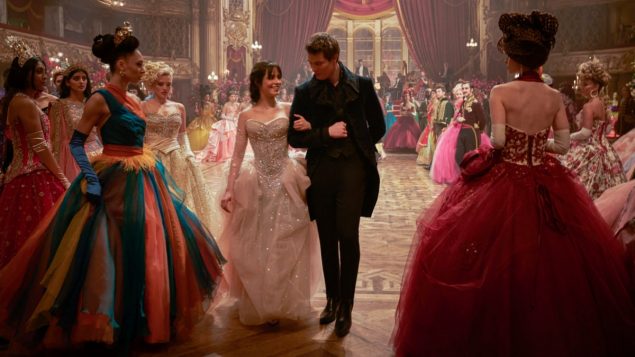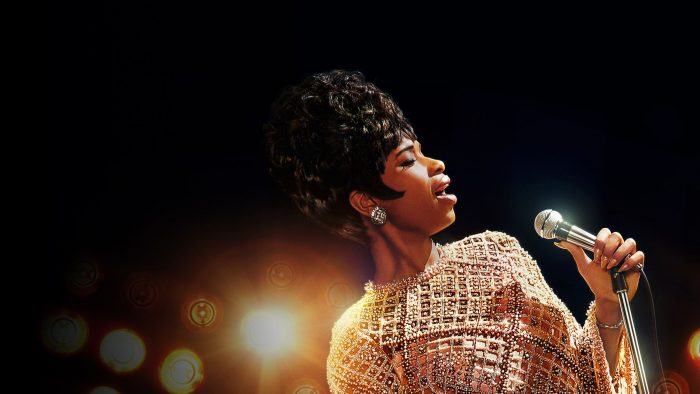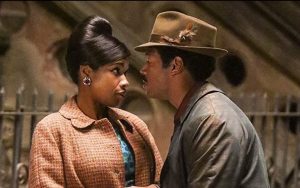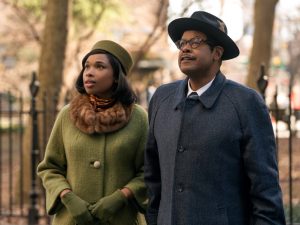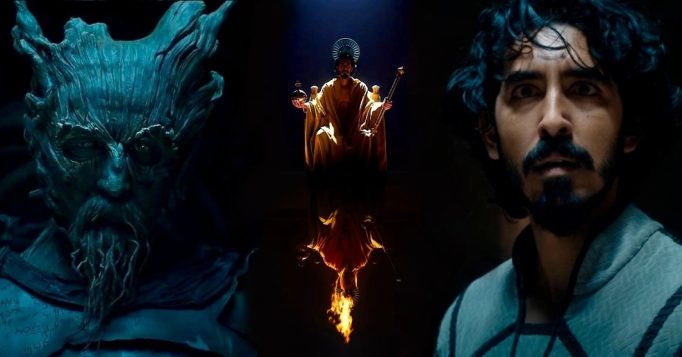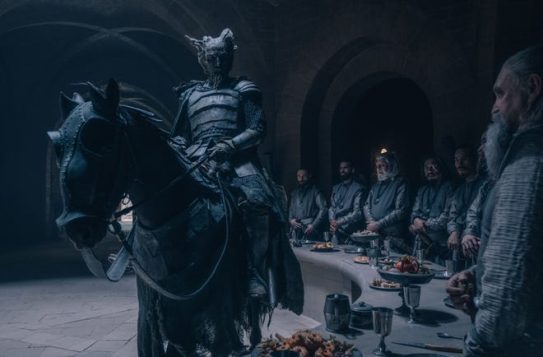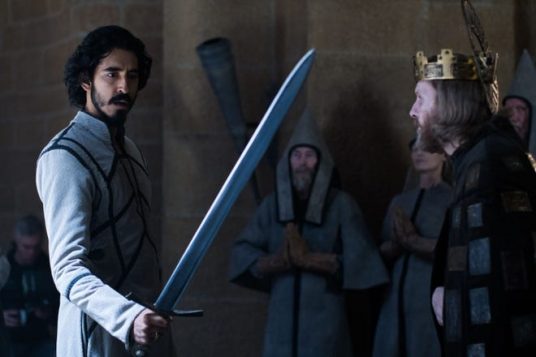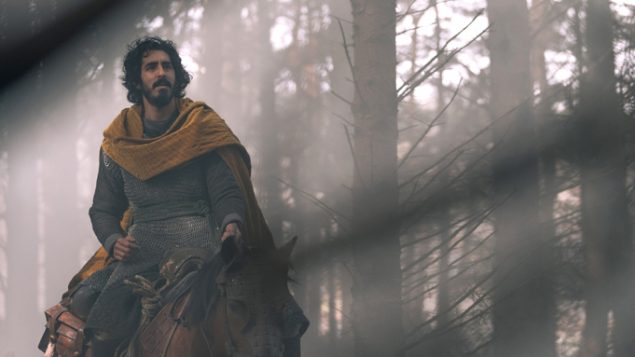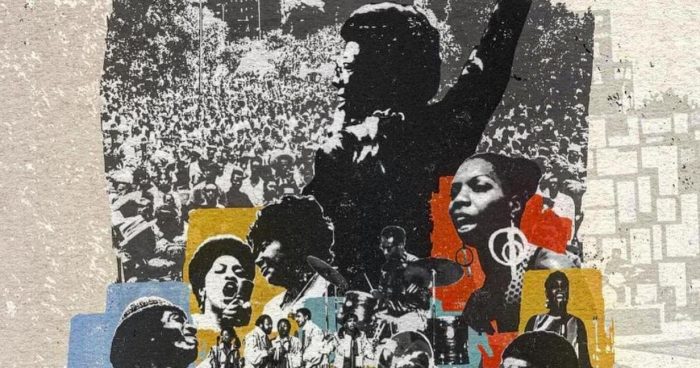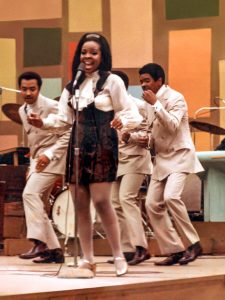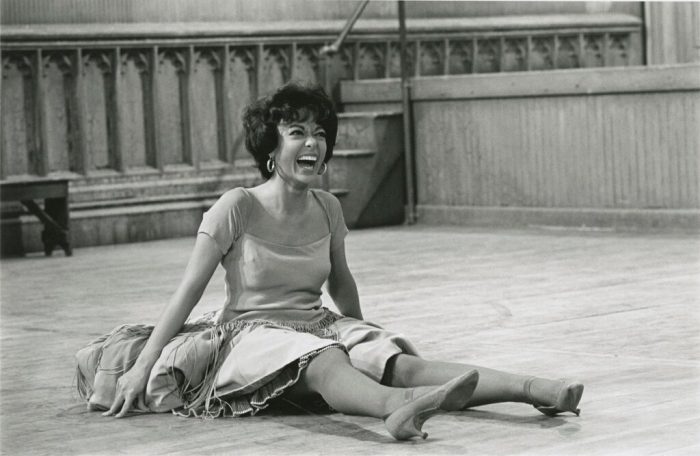Film adaptation celebrates the essence of an unforgettable musical
By Jeffrey Sanzel
Lillian Hellman’s The Children’s Hour was touted as a play exploring “the power of a lie.” The same could be said of Dear Evan Hansen, the Broadway musical that opened in 2016 and had played over 1,300 performances before the shutdown. It returns to its home at the Music Box on December 11.
Evan Hansen is a high school senior with social anxiety. His therapist has assigned him to write self-encouraging letters (thus the title). The school outcast, Connor Murphy, steals one. When Connor commits suicide, the letter is found in his pocket. The boy’s family finds solace in the idea that he had a close friend in Evan. Instead of explaining the mistake, out of a mix of sympathy, sensitivity, and fear, Evan goes along with the misunderstanding. However, the situation becomes a bigger issue when Connor’s memory becomes a cause. And while his intentions are initially good, the lie ultimately becomes destructive.

Benj Pasek, who wrote the score with Justin Paul, based the idea on an incident that occurred in his Philadelphia high school. Collaborating with book writer Steven Levenson, they created a smash hit that received critical accolades and garnered dozens of awards. Its six Tony’s included Best Musical, Best Book of a Musical, Best Original Score, and Best Actor in a Musical for Ben Platt’s star turn as the titular character.
Platt is the sole member of the stage company to recreate a role in the screen version. Much has been said (predominantly online) about Platt being too old to play Evan, but this is unfounded carping. His portrayal of the tormented teen is nothing short of devastating. He has skillfully adapted his stage persona for the screen, finding depth and subtlety, with his voice soaring from first to last. Platt’s Hansen is a gift, and a reminder of the countless stage performances lost to Hollywood productions featuring bigger names of far lesser skill.
Levenson has fashioned a smart and effective screenplay, opening it up just enough but maintaining the stage version’s intimacy and integrity. Steven Chbosky’s direction ably captures Evan’s isolation, especially in the opening “Waving Through a Window,” but there is a sense of repetition in the endless panning shots. In addition, Chbosky and Levenson rely a bit too heavily on quickly inserted fantasy shots that don’t quite land. But, overall, they have transformed the musical into a satisfying cinematic experience, and the expanded ending is richer and more fulfilling than the original.
The driving force in the musical was the score, a unique and melodious contemporary Broadway sound. Four songs have been cut for the film, so Platt now carries about eighty percent of the music. The elimination of “Does Anybody Have a Map?” clearly emphasizes Evan’s journey, which somehow marginalizes the families (or at least the adult singers). And while there is logic to the change, the choice is a loss of a perfect song and establishing the story’s larger world.

One of the early highlights is the cleverly realized “Sincerely Me.” Evan recruits a family friend, Jared (the hilariously deadpan Nik Dodani), to create fake backdated emails to show Evan’s friendship with Connor (Colton Ryan, who shows great range and dimension). Platt makes every song work, but none as indelibly as his confession to Connor’s family in the devastating “Word’s Fail.”
Amy Adams and Danny Pino are honest and raw as Connor’s parents. Kaitlyn Dever is both believable and heartbreaking as Connor’s sister, Zoe, the object of Evan’s affections. The family’s “Requiem” trio shows their distance and struggle. Dever and Platt’s duet “Only Us” genuinely captures their unlikely burgeoning romance. Julianne Moore is fully present as Evan’s mostly absent mother. But her vocal skills are limited, and while there is an adjustment in her one number (“So Big/So Small”), the tentative vocal quality doesn’t fully suit the strength of the character.
The creators have expanded and softened the role of Alana Beck (Amandla Stenberg), the overachiever who heads up the Connor Project. In the play, there is a mercenary quality to Alana. Here, she is given a revelation of her issues with anxiety and depression, somehow diluting Evan’s isolation. Stenberg stunningly presents a new number—“The Anonymous Ones”—but there is something generic about both its sound and sentiment.
There is a general underplaying of the social media aspect that was hyper-present in the stage production. Film is an opportunity to explore cyberspace in a big (or even bigger) way. Instead, the creators opted for two brilliant, pivotal moments: the beautifully realized anthem “You Will Be Found” and later the online posting of the “Dear Evan Hansen” letter. However, there is a strange—and inaccurate—absence of cell phone use among the students.
But in the end, all are minor cavils. Dear Evan Hansen is a powerful, emotional, and, ultimately, important adaptation, celebrating the essence of a unique and unforgettable musical.
Rated PG-13, ‘Dear Evan Hansen’ is now playing in local theaters.

